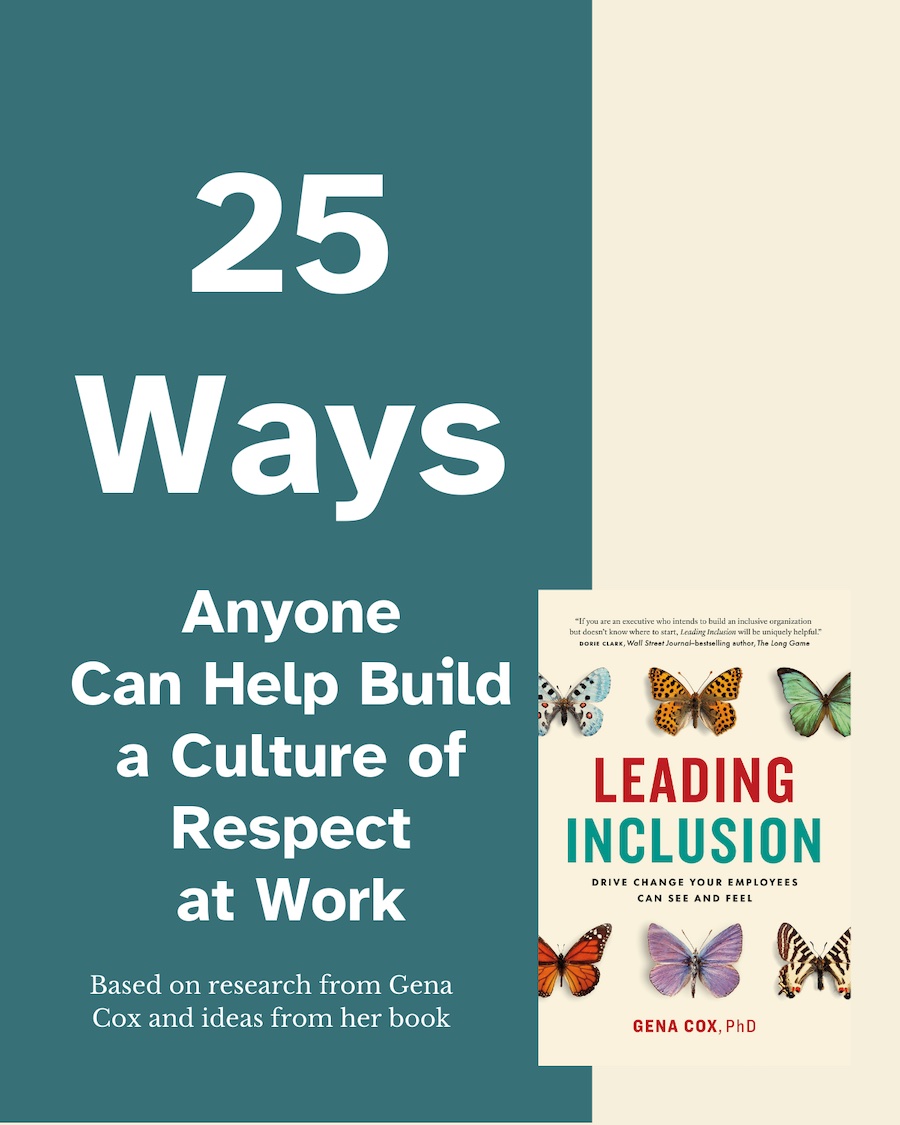What exactly is the “diversity” problem you are trying to solve?

Corporate leaders want to address the diversity challenge
At this juncture in American life, Corporate leaders are speaking more directly about racism, inequality and injustice than before. They understand that new and bolder actions are needed to address racial disparities in the workplace. They are looking for answers to many questions, including, “how can I make my company more diverse?” However, no company will “become more diverse” until it defines its unique and specific diversity challenges; one size does not fit all.
Despite the inherent sensitivities of the subject, a classic strategy approach could be helpful for both problem definition and, later, for generating solutions. What if companies handled the challenges regarding workplace diversity as they handle any other classic strategy problem? Corporations typically have many employees who are skilled at strategic problem-solving.
Leaders must get clear on the “real question”
Although it is true that any efforts to enhance the experience of under-represented employees will require their direct involvement in defining the solutions that will meet their needs, it also true that the same disciplined problem-solving approaches strategy consultants have used for years could be used to tease out responses to the workplace diversity and inclusion challenge.
As corporate leaders seek to address racial disparities in the workplace, they should take full advantage of the well-tested, rigorous and methodical problem-solving approaches they use for other strategic challenges. There is no need to create new problem-solving methodologies.
The psychologist Kahneman cautions against the trap of thinking too “fast” when trying to solve thorny problems. He says that problem-solvers often focus on readily available information, do not look for unobvious inputs, and in so doing, miss key pieces of information. His advice is that leaders ensure they are seeing the complete problem so they can avoid the What You See Is All There Is (W.Y.S.I.A.T.S.) error.
To do this, leaders need to:
- Assume the question they are asking may not be the whole / right question.
- Recognize that the first question that comes to mind might not generate the solutions they really need.
- Try to discern the implicit factors that are driving their questions. “Unknown unknowns” are important.
- Allow room to define and answer the initially un-asked questions. Leaders need to pin down “what is really going on here?”
Get to the real question with more questions
To get effective solutions regarding workforce diversity challenges, corporate leaders must dig into the presenting problem with clarifying questions. The obvious challenge might be a symptom of some problem that has not previously surfaced. Physicians delay diagnosis and treatment until they understand what is driving the symptoms they can see. They assume the known symptoms may be related to other, yet unknown, causes. They do not make definitive diagnoses until they have explored the unknown unknowns.
Corporate leaders who are working to address diversity challenges should consistently utilize these proven strategic and clinical approaches. And they should delay “treatment” until they have a clear diagnosis. By “delay” I do not mean avoid, disregard, or deny. I mean leaders should wait until they have enough information to at least guide a reasonable hypothesis and the first potential action step.
When it comes to the question at hand, “how can I make my company more diverse”, I have laid out some questions below that can help leaders focus on what really matters.
Are we speaking the same language?
- What do you mean by “more”?
- What do you mean by “diverse”?
- What is the current state that needs to be improved upon to get you to “more”?
What are the elements of the problem?
- What elements of diversity are you thinking about?
- Who are the intended beneficiaries of the changes?
Who owns this problem?
- Who is responsible for getting to the solutions?
- Who are the other stakeholders that care about the problem?
Is this problem new or a re-start?
What actions have already been taken?
Who took those actions?
Were all stakeholders involved as those actions were defined and implemented?
Any previous work done to address this problem?
- What has worked? Why did those actions work?
- What has not worked? Why did those actions not work? What barriers caused those failures?
- Did any unintended consequences arise from previous actions?
How will success be determined?
- How will you know when you are successful?
- What metrics will let you know that you are successful?
- What is the time dimension that relates to this problem? When must it be solved?
- Who will make the judgment of “success” or say when the mission has been accomplished?
- Can the mission be “accomplished”?
- If the mission is accomplished, what will it feel like for those who are the intended beneficiaries of the changes?
Targeted solutions require clear questions
These questions are a simple starting point. Only after a classic strategic analysis has been fully explored should leaders begin to think about solutions. This approach will help leaders avoid the pushback that their solutions are performative or insufficient. Since leaders will have delved below the obvious first question, they are more likely to derive solutions that truly address “what is really going on here? Solutions offered before the problem is fully understood are unlikely to adequately answer the question, “how can I make my company more diverse?”
This article is the third in a multi-part series: “How to get a more diverse workforce”.
- In Part 1, I explored the topic: The business case for diversity does not work: Here’s why
- In Part 2, I explored the topic: Profit and common good: The new CEO workforce diversity focus
Notes:
- Feduzi, A., & Runde, K. (2014). Uncovering unknown unknowns: Towards a Baconian Approach to Management Decision-Making. Organizational Behavior and Human Decision Processes, 124(2), 268-283. https://doi.org/10.1016/j.obhdp.2014.04.001
- Kahneman, D. (2011). Thinking, Fast and Slow. NY: Farrar, Straus and Giroux. https://smile.amazon.com/Thinking-Fast-Slow-Daniel-Kahneman/dp/0374533555/ref=smi_www_rco2_go_smi_g4368549507?_encoding=UTF8&%2AVersion%2A=1&%2Aentries%2A=0&ie=UTF8
- McKinsey.com. The color of wealth. McKinsey Quarterly. Downloaded from: https://www.mckinsey.com/featured-insights/diversity-and-inclusion/five-fifty-the-color-of-wealth
- Watkins, D. (2007, September 10). Demystifying Strategy: The What, Who, How, and Why. Harvard Business Review. Downloaded from https://hbr.org/2007/09/demystifying-strategy-the-what









